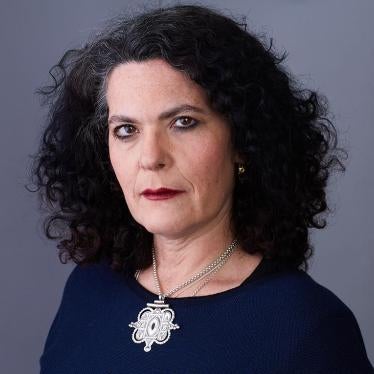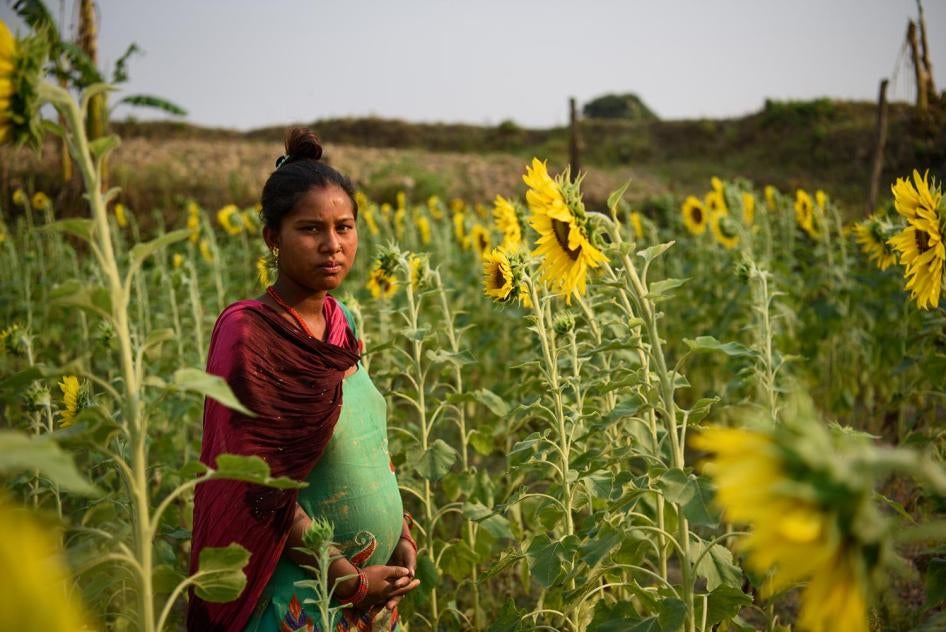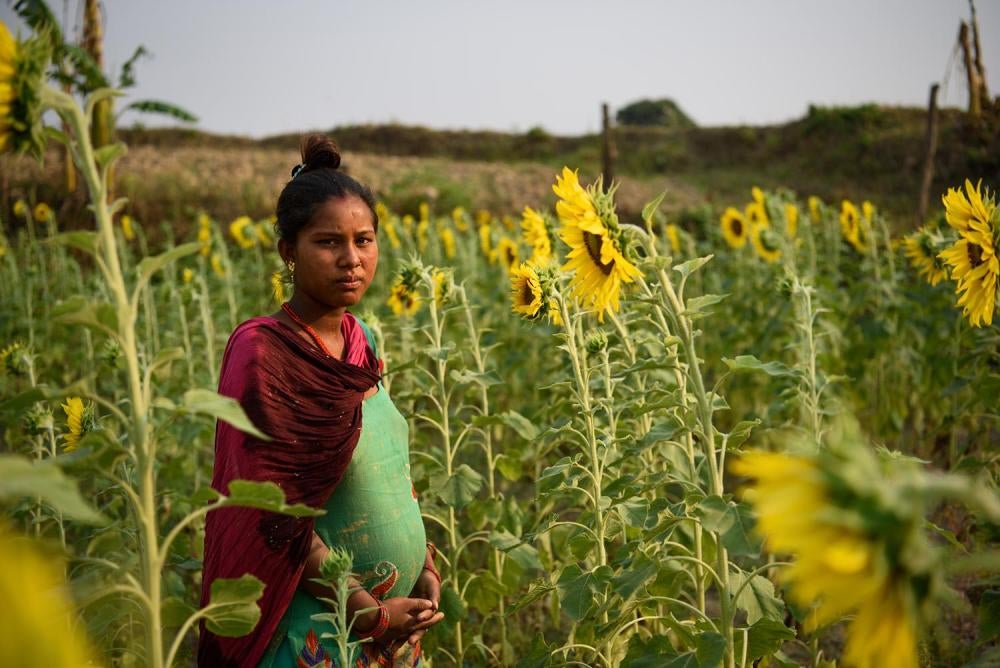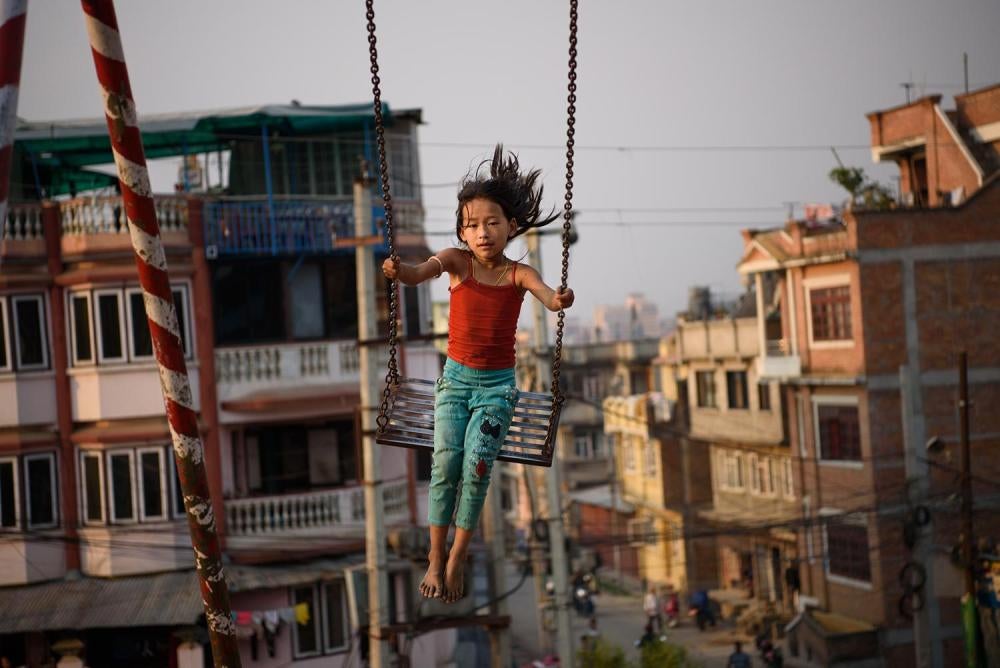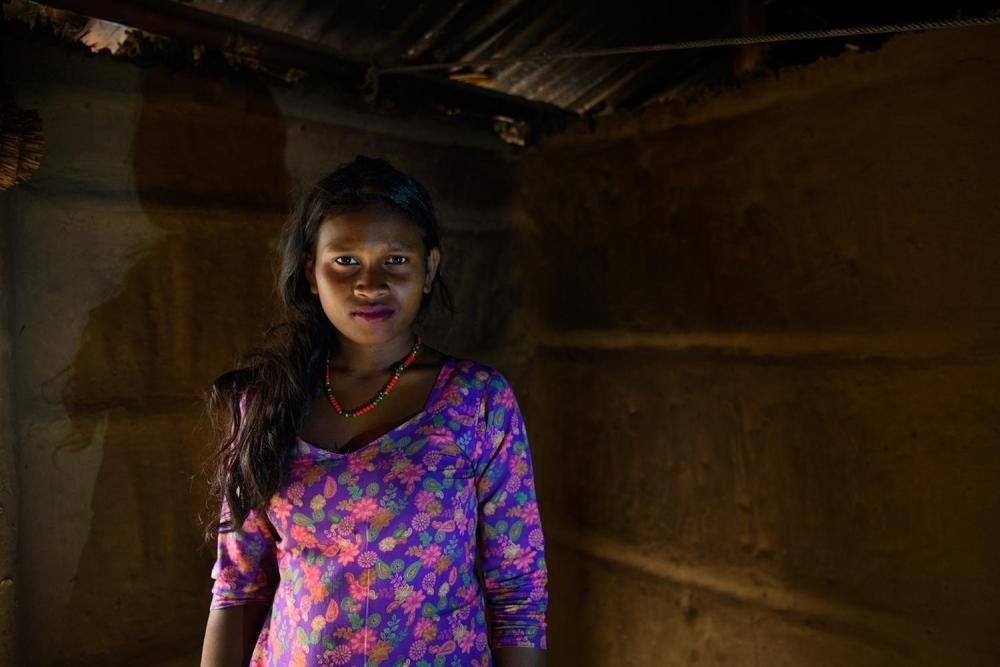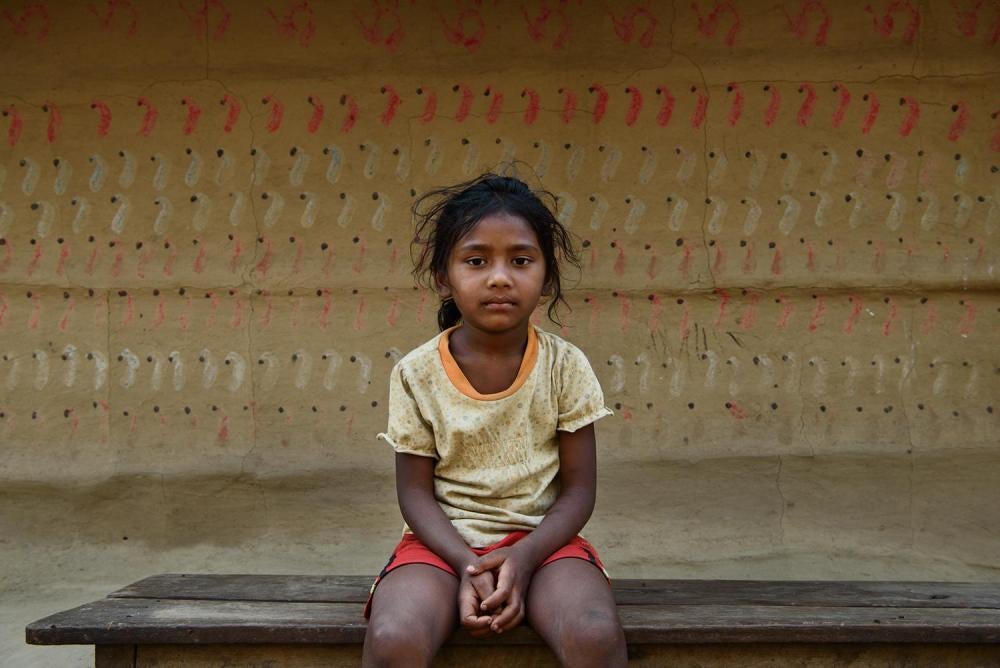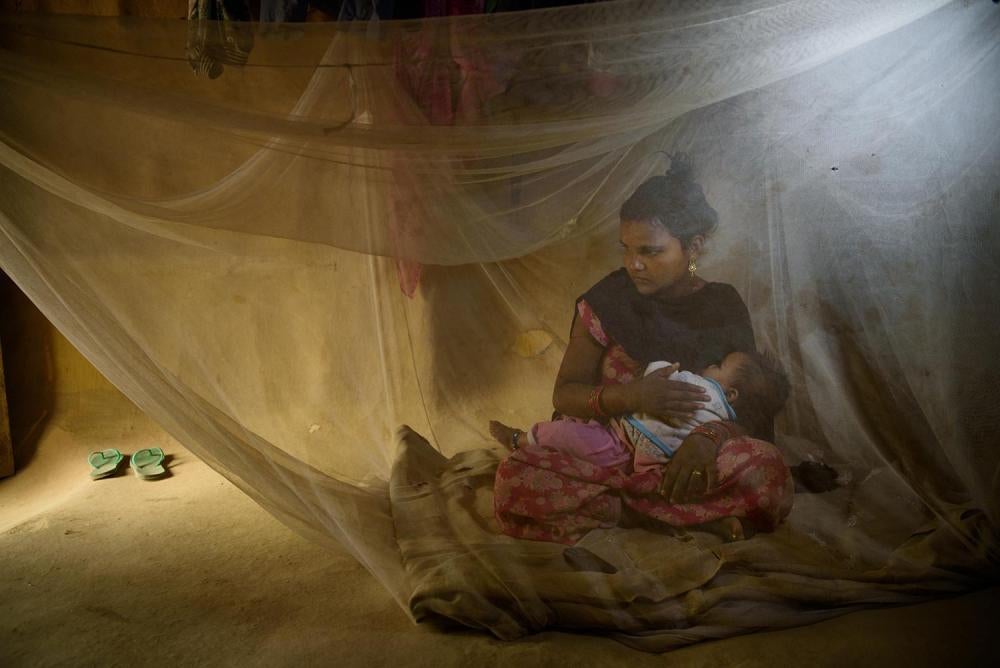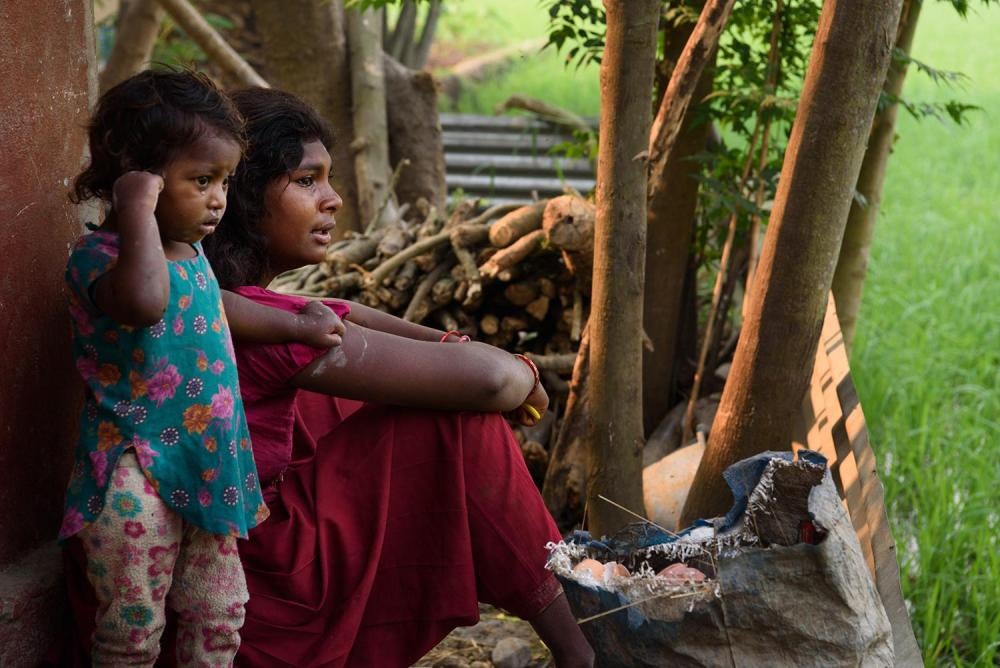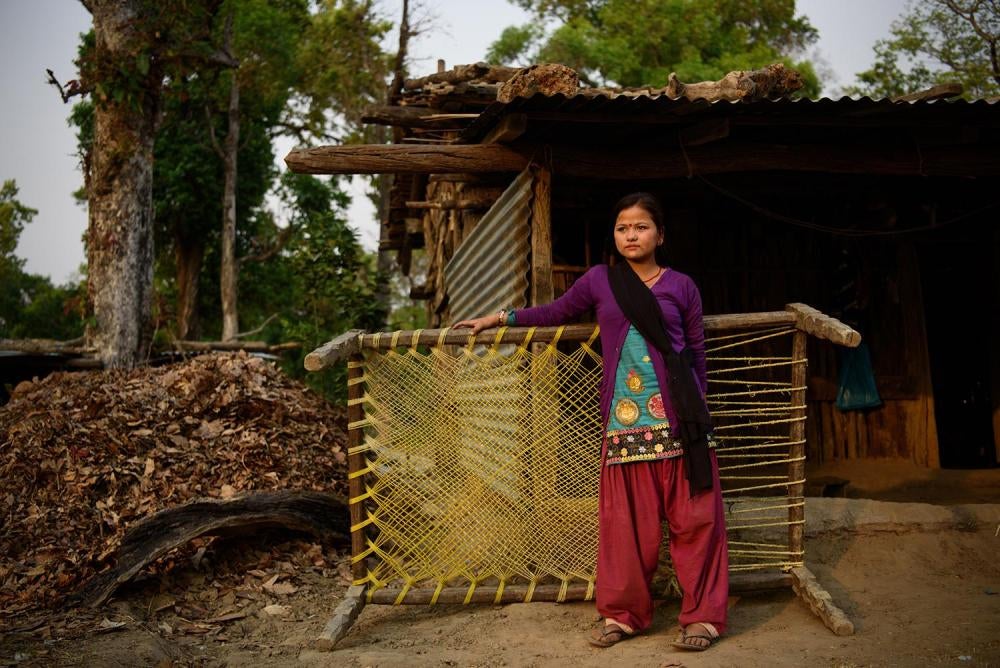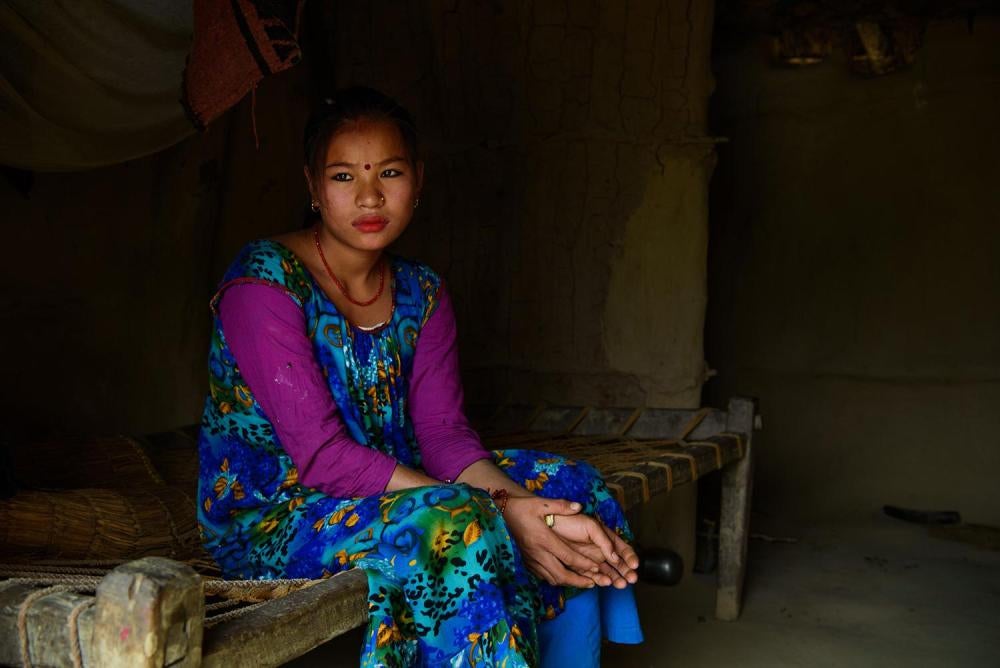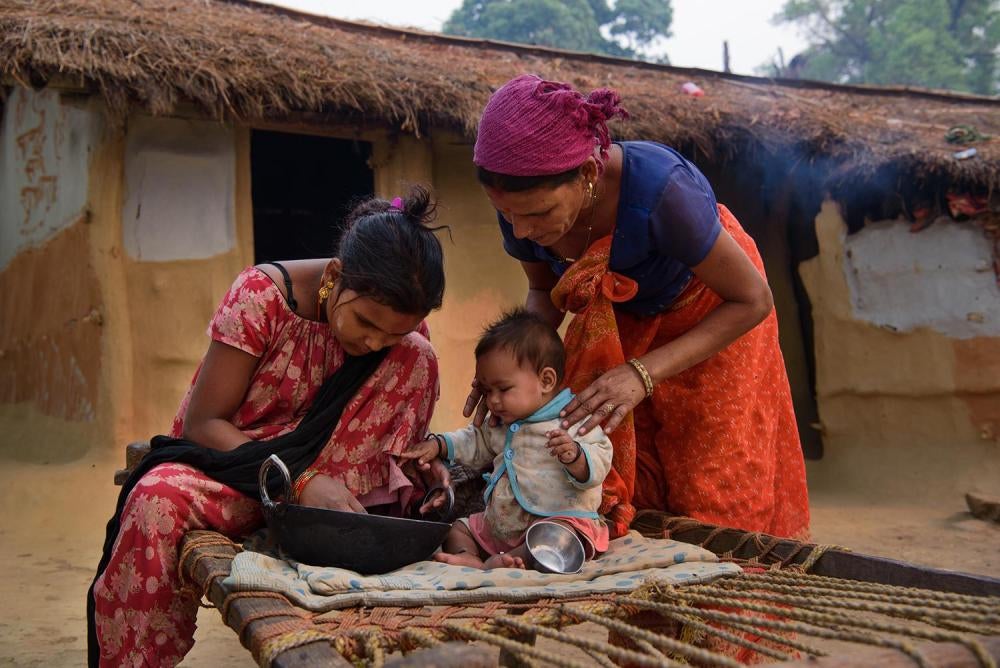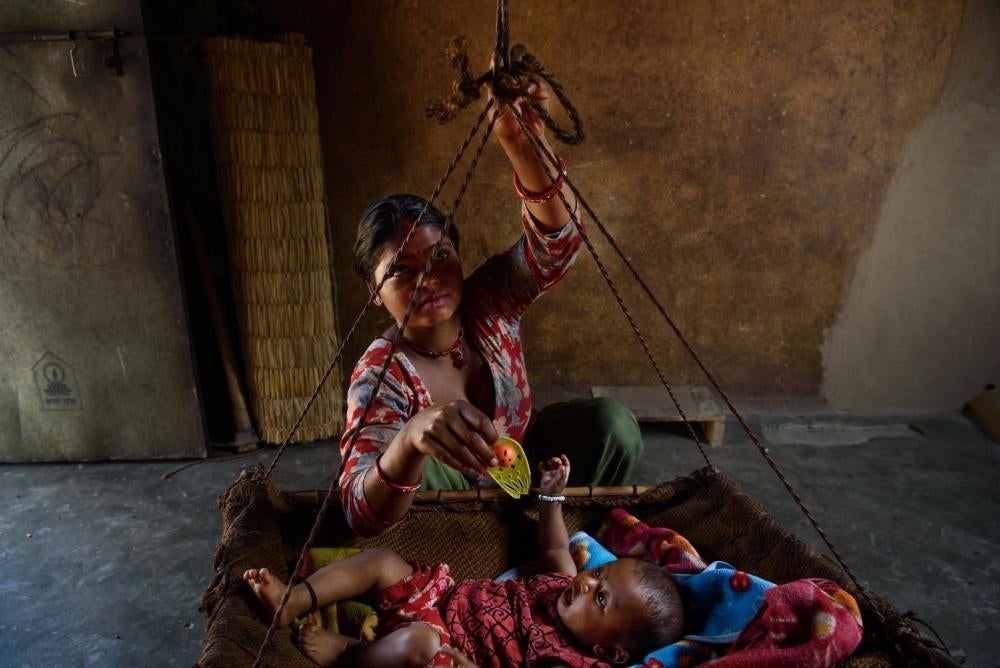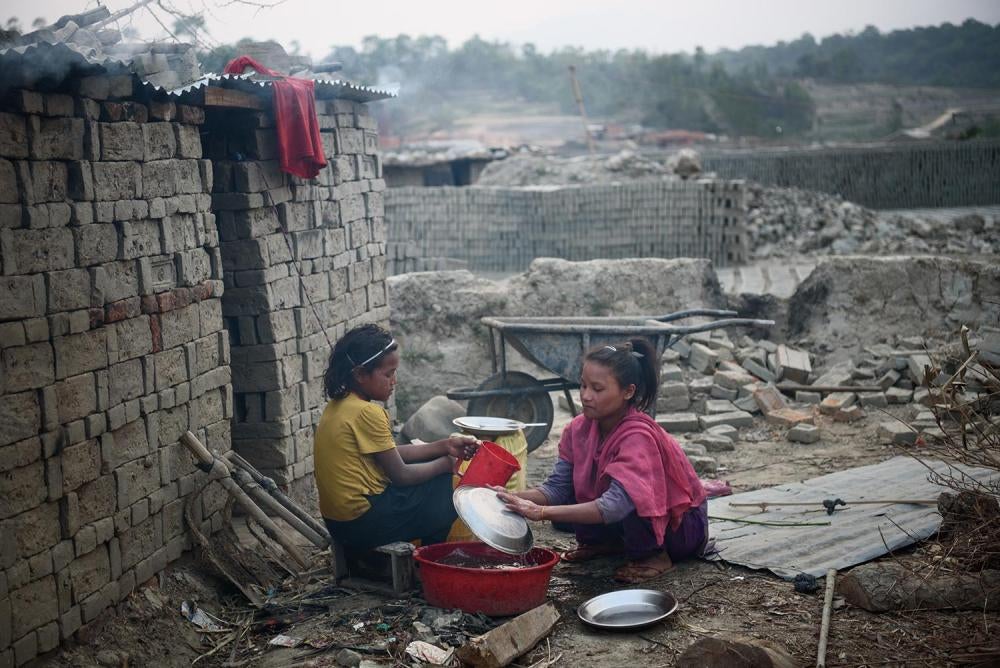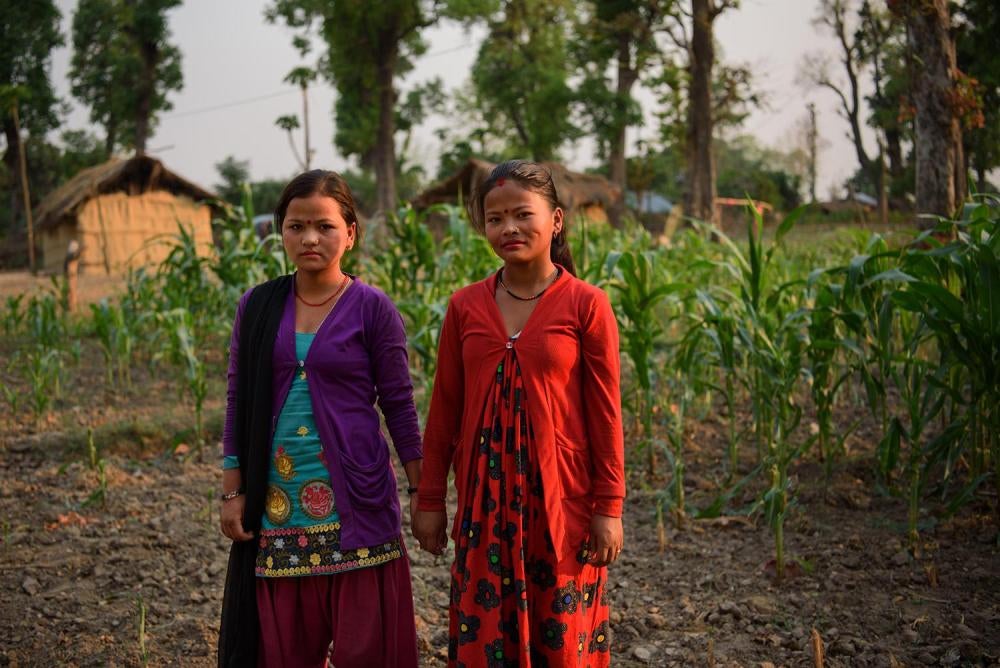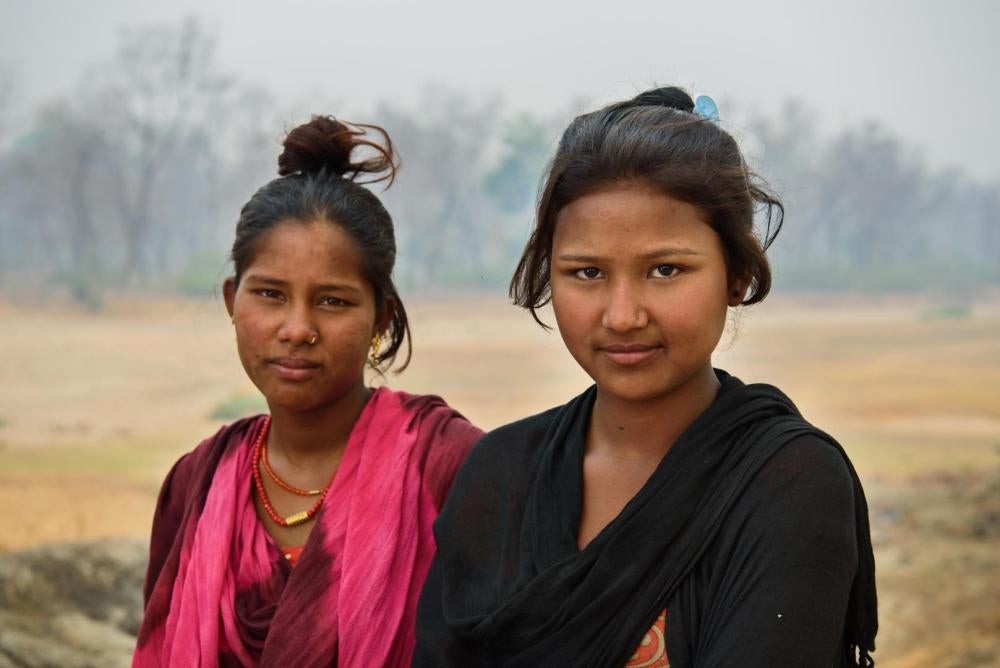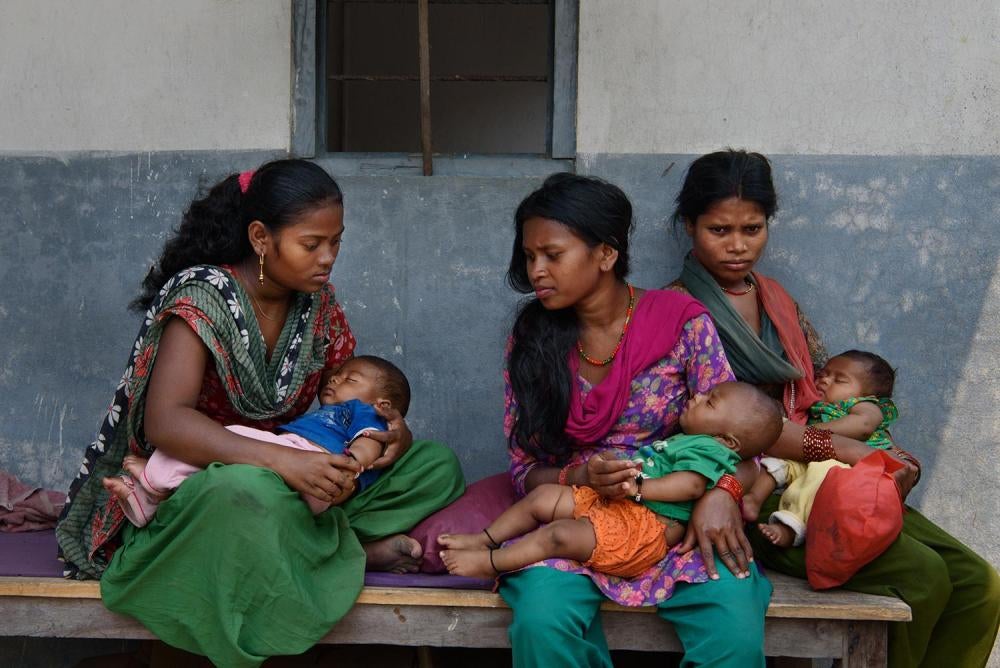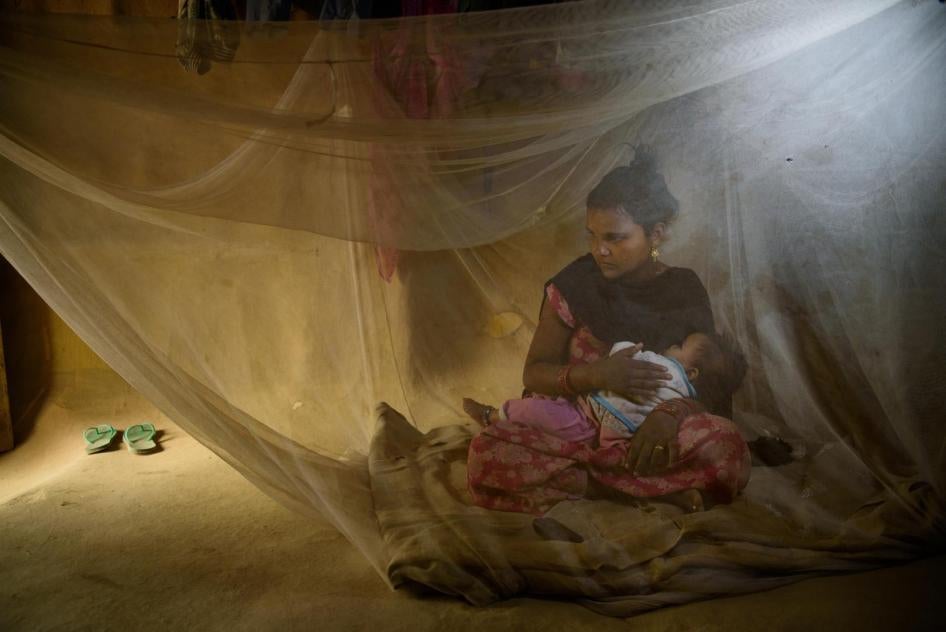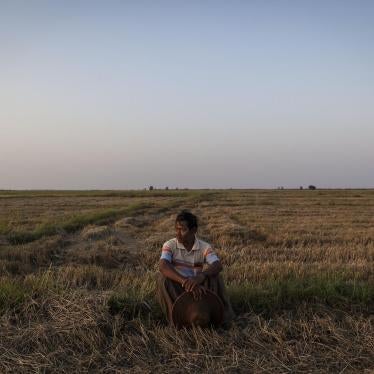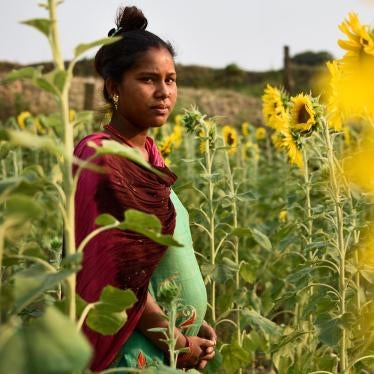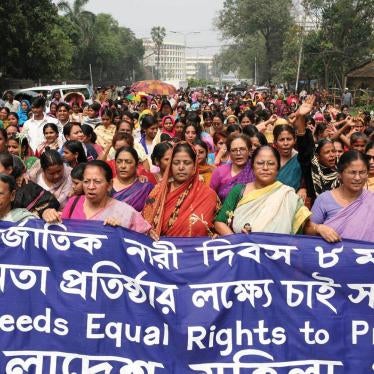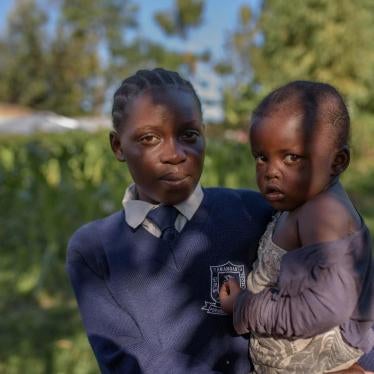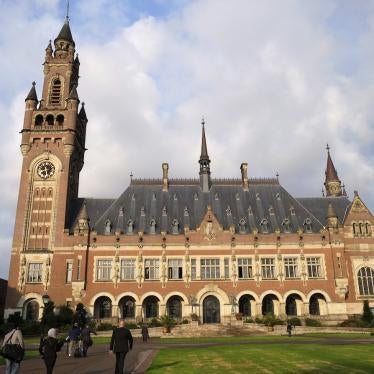I never imagined a career in sex education.
But in the villages of Nepal, it felt like there was no choice. I was researching a Human Rights Watch report on child marriage in Nepal, interviewing dozens of married girls, one after another, nonstop for several weeks. Their stories began to blur a bit in my mind, becoming a single, unending story of poverty, desperation, lack of choice, lack of autonomy and lost futures. But there was one point in many of the interviews where everything stopped.
“Are you planning to have children soon?” I would ask a recently married girl, some as young as 11 or 12.
“No,” the girl would say. “I’m planning to wait a few years.”
“Did you plan to have children right away?” I would ask another girl, still in her early or mid-teens, clutching a baby or breastfeeding, perhaps with a toddler at her side.
“No,” the girl would say. “I wanted to wait. But I didn’t know how.”
Nepal has health posts across the country, some in remote areas, which provide basic health services including family planning. It has a network of female community health volunteers in villages, who do outreach on health issues including family planning. The school curriculum includes a module on sexual and reproductive health, taught when students are 13 or 14 years old.
So how was it that we met dozens of girls who had married and, often, given birth without learning even the most basic information about their bodies, reproduction and contraception?
The answer lies in part in Nepal’s appalling rate of child marriage. Approximately 37 percent of girls marry before age 18; 10 percent before they turn 15. In some marginalized communities, the rate is as high as 87 percent.
Even babies or toddlers are sometimes married, and while this practice seems to be dying out, marriages of 10- or 11-year-olds remain common in some communities. Many girls are married – and mothers – before they reach the age when the schools think they’re old enough to be told about eggs and sperm.
Other young brides never went to school. While school enrollment rates have improved, the Nepal government says that 56 percent of women and 28 percent of men can’t read a simple sentence. The government doesn’t requirechildren to go to school, and poor families often send girls out to work instead. Most of the married girls I interviewed had had little or no education.
Some girls are pressured by their in-laws to have children as soon as they marry. For others, though, lack of information about family planning is the reason they give birth quickly and frequently, at great risk to their – and their babies’ – health.
Pregnancy and birth can be dangerous when a girl’s body is not fully developed. Globally, research shows that girls aged 10 to 14 are five times as likely to die during delivery, and girls between 15 and 19 twice as likely as mothers over the age of 20. Of the mothers we interviewed who had married as children, one in eleven had a baby who died. Two young women, aged 19 and 21, had each had three children and buried two of them. We interviewed an 18-year-old whose baby girl had died four days before we met her.
Lack of information about contraception also contributes to rushed marriages. Dating, while increasingly common, is often not socially acceptable. Sex before marriage is even more taboo. When children have sex, or consider it, their fear of pregnancy, in the absence of means to prevent it, can be so strong that it drives them to early marriage. And that has the same consequences as an arranged child marriage: leaving education, economic hardship, pregnancy-related health risks and an elevated risk of domestic violence.
On a hillside, in a hut, under a shade tree, my interpreter and I had the same conversation again and again. So we asked where the nearest health post was. We explained that there are several ways a couple can prevent pregnancy. The man wears a condom every time. The woman can take a pill every day, or wear a patch, or have an IUD inserted. There are options to permanently end fertility. You can find out about these options, we explained, at the health post. You can go there and say you want someone to explain the options and let you choose which one you want. If you want to avoid pregnancy, you should go right away, because every time you have sex you risk pregnancy.
Then we went back to our interview. What was your opinion about getting married young? At what age would you like your daughter to get married? What do you think the government could do to help girls marry later?
When we said thank you and walked on to the next interview, we wondered whether the girl would go to the health post, whether she would come home feeling a bit more in control of her life, and whether things might be different for her daughter.
The Nepal government has pledged to end all child marriage by 2030. One step to achieving that goal will have to be ensuring that girls know where babies come from and how to choose when to have one.
